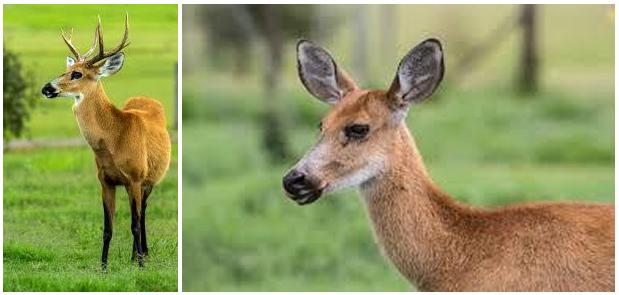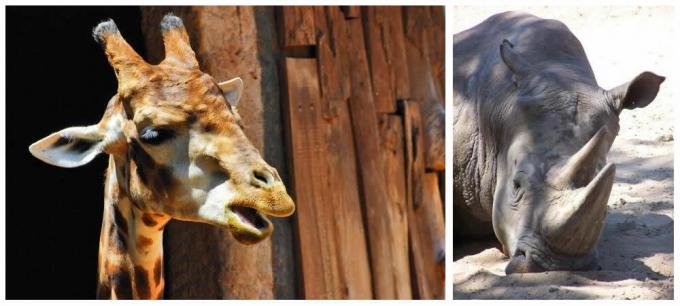
As much as the structures are similar and in most cases have the same function, horns and horns are different. Both structures are derived from the frontal bone of the skull. However, the similarities end there.
Horns are structures completely composed of bones and are usually branched (in this case called antlers, only for appearance, not for origin), whereas horns horns are bone projections covered by keratin (which is a protein synthesized by the body responsible for forming various structures in our body, such as nails and hair). The keratin present in the horns can extend far beyond the bone projection, that is, the bone is “covered” by this structure.
see more
Biology teacher fired after class on XX and XY chromosomes;…
Cannabidiol found in common plant in Brazil brings new perspective…

Another striking difference between the
During growth, the horns are covered by a layer of highly vascularized skin, which enhances and makes their growth more effective.

Some hypotheses are suggested regarding the origin of horns and antlers. One of the most accepted is that when the ancestors of these animals left the solitary and monogamous life and started to live in groups polygamists (one male and several females).
Therefore, the hypothesis is that males (initially only males) developed these structures to defend themselves. territory against other males, either by show (the larger the structure, the more damage it can do) or by direct combat.

Initially developed in males, the horns and antlers also serve as objects of sexual selection. The bigger the horn, the greater the protection that the male can offer the females and puppies, however currently in many Both male and female ungulates have these structures in most of these cases, however, in males they are more developed.

Two cases in nature have an interesting particularity: the giraffe and the rhinoceros. The giraffe does not have horns or horns, it has ossicons.
The bones that form the structure originate from the frontal bone, however they do not form the structure by themselves, since they a second pair of bones is formed above the projection, in addition to the fact that the structure is permanently covered by skin. The rhinoceros horn, on the other hand, is completely formed by keratin, from the base to the tip.

Regardless of the origin of the structure, having horns or antlers was a big evolutionary novelty for species of ungulates, which allowed the exploration of new niches, maintenance and development of populations as well as expansion of success reproductive.
Paulo Ribeiro
Biologist, Master in Applied Zoology
